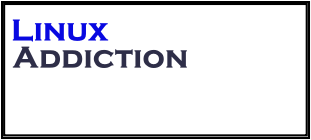The following are 50 key system and network administrative commands to utilize from the Linux command line. Commands are simply explained with an example(s). Some commands include useful and common attributes and parameters for usage:
ALT Keyboard Shortcuts
CAL
CAT
CHMOD
CTRL Keyboard Shortcuts
DATE
DF
DMESG
DU
ECHO
FIND
FOLD
GROUP COMMAND
FREE
GREP
HALT
HOSTNAME
IFCONFIG
IP ADDR
IP HELP
IP LINK SHOW
IP NEIGH SHOW
IP ROUTE GET
IPCALC
IOSTAT
LS
LSOF
LSPCI
MOUNT
MPSTAT
NETSTAT
NSLOOKUP
PING
PRINTENV
PS
PSTREE
ROUTE
SET
STAT
TCPDUMP
TEE
TOUCH
TOP
TREE
TTY
TRACEROUTE
UNAME
UPTIME
WC
WILDCARDS
